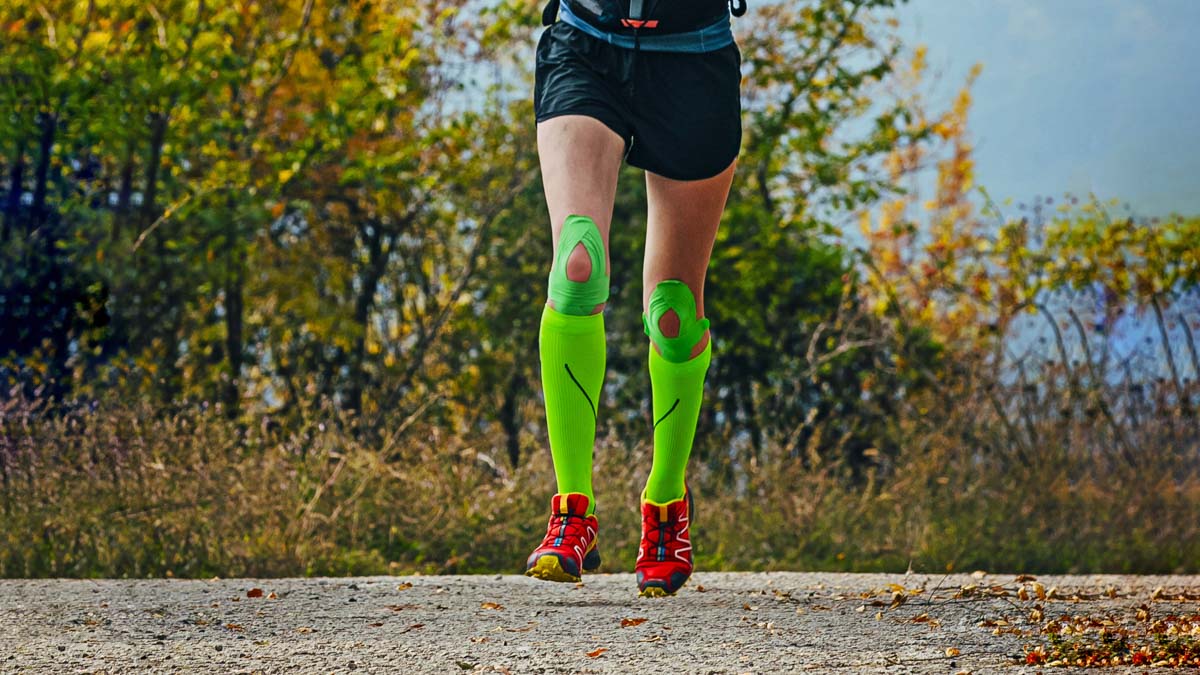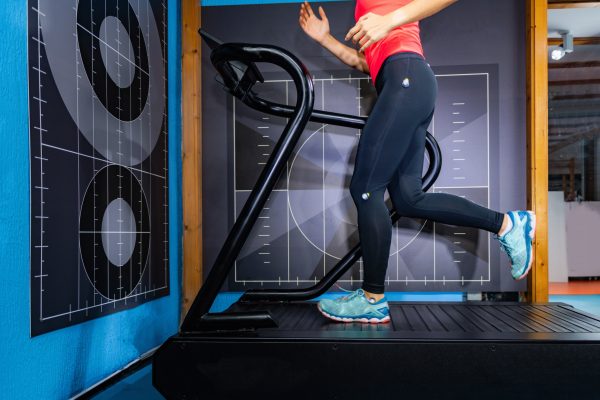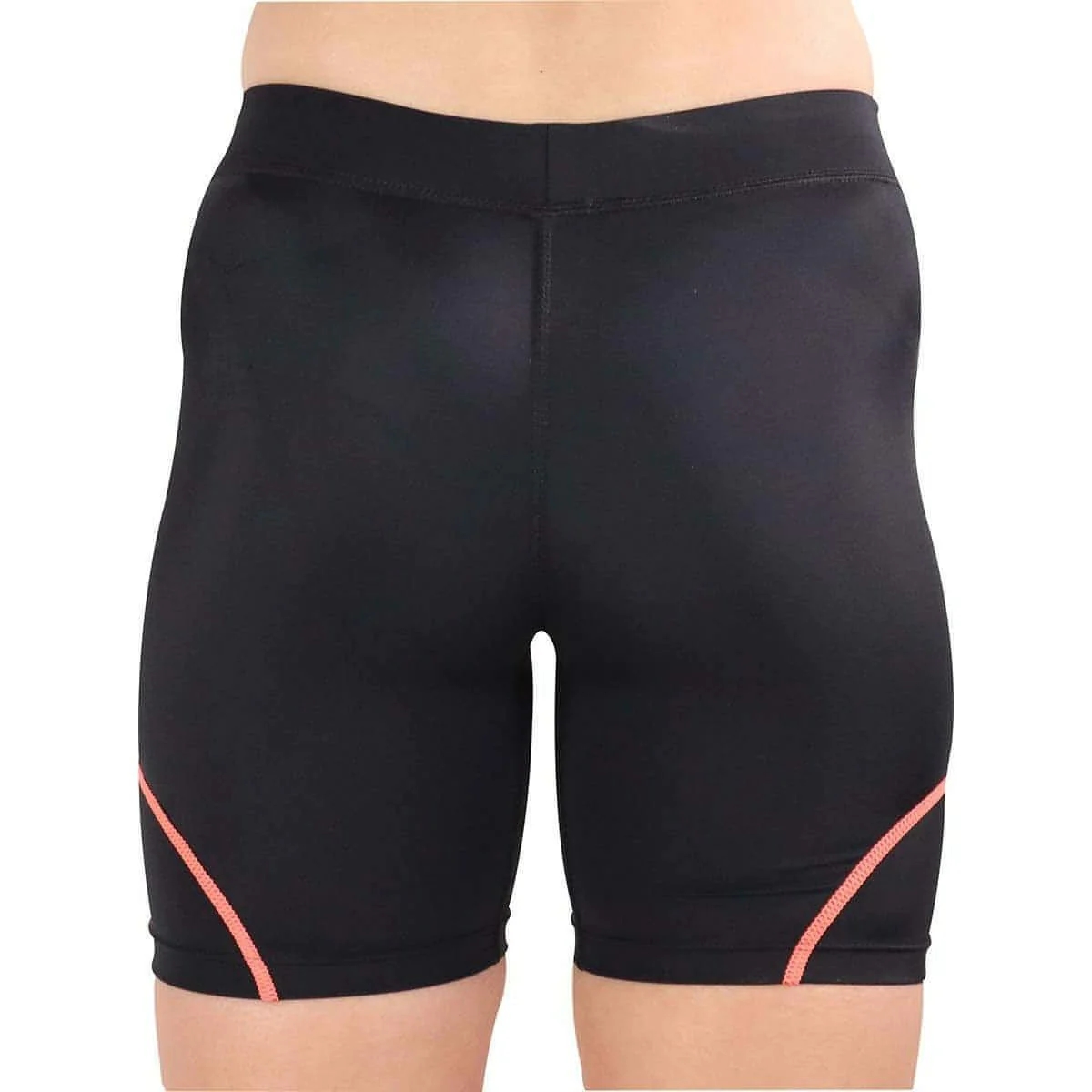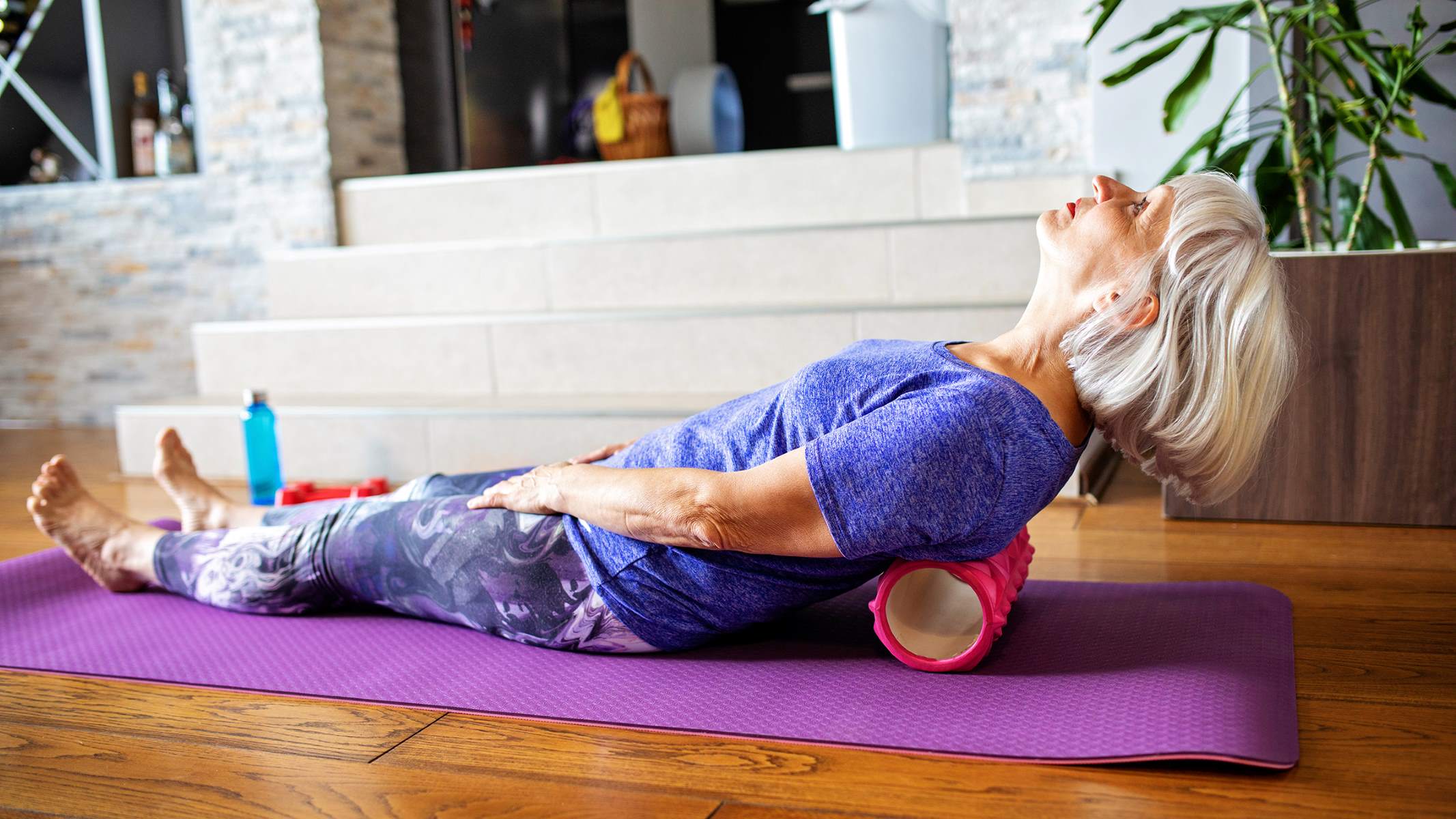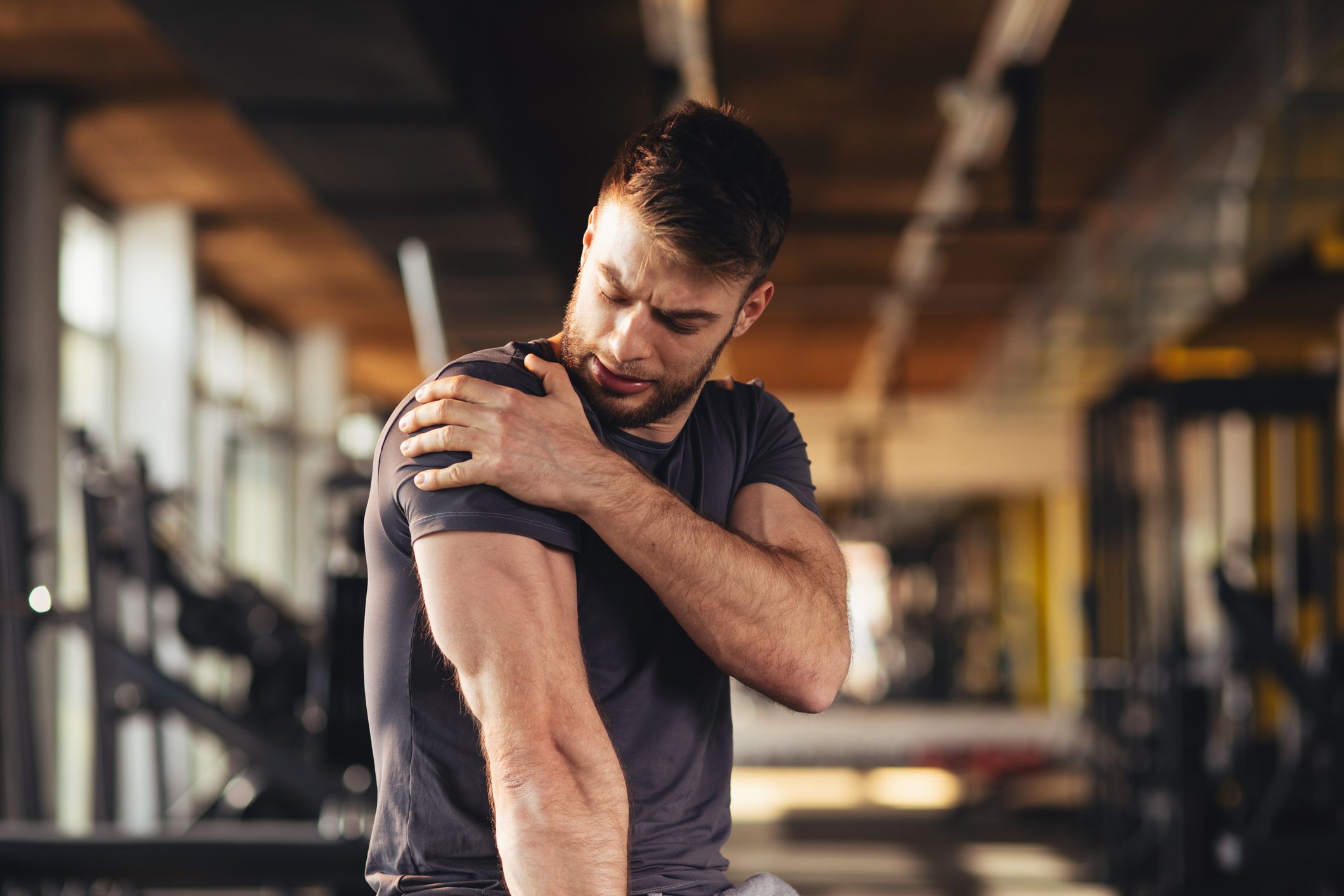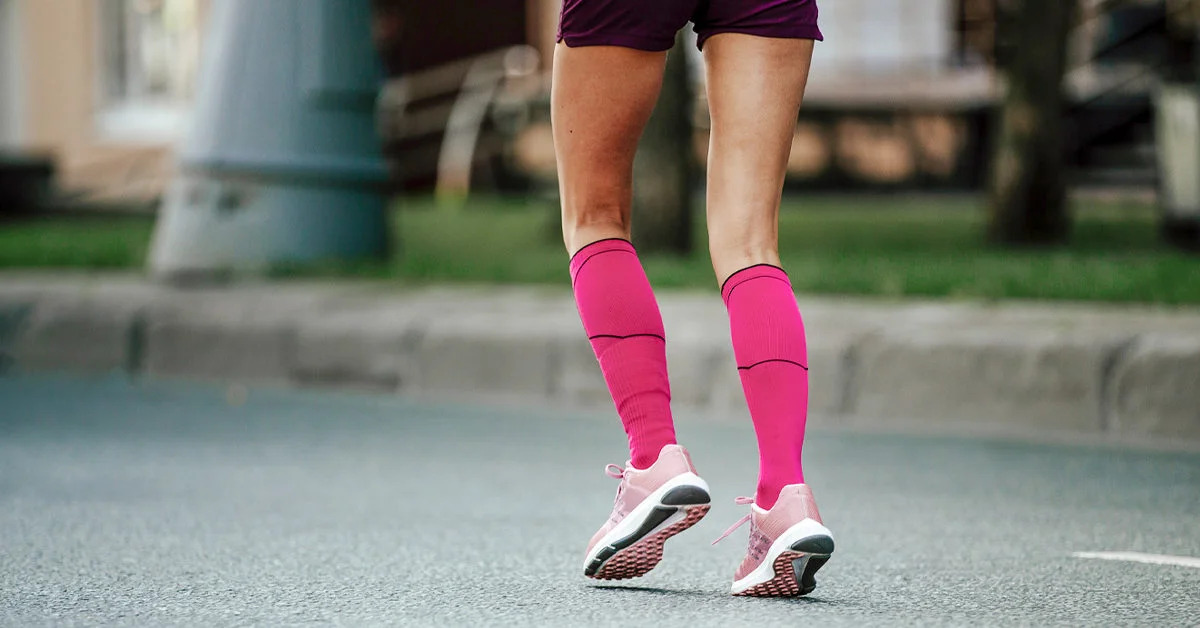Home>Health and Wellness>Health>The Effectiveness of Compression Shorts in Minimizing Delayed Onset Muscle Soreness (DOMS) in Runners


Health
The Effectiveness of Compression Shorts in Minimizing Delayed Onset Muscle Soreness (DOMS) in Runners
Modified: January 2, 2024
Discover the effectiveness of compression shorts in minimizing Delayed Onset Muscle Soreness (DOMS) in runners. Gain insights into incorporating compression shorts into your running routine for enhanced muscle recovery and overall performance.
Any seasoned runner knows the feeling of delayed onset muscle soreness (DOMS) all too well. This type of post-workout pain typically kicks in 24 to 72 hours after a strenuous running session and can be a real hindrance to your training routine. But what if you could minimize DOMS and speed up your recovery? Enter: compression shorts.
In recent years, compression gear has become a staple in the athletic world, promising a range of benefits, from enhanced performance to quicker recovery. But can donning a pair of tight-fitting shorts genuinely aid in reducing DOMS in runners? Let’s dive in and investigate.
Understanding DOMS
Before we delve into the relationship between compression shorts and DOMS, let’s briefly discuss what DOMS is.
DOMS is a common condition affecting athletes who engage in intense, unfamiliar physical activity. Its primary symptom is muscle pain, usually peaking a day or two after the exercise. Other symptoms include muscle stiffness, reduced range of movement, and muscle weakness.
The cause of DOMS is believed to be microscopic damage to muscle fibers during exercise, particularly eccentric exercises or novel activities your muscles aren’t accustomed to. The body responds to this damage with an inflammatory response, leading to pain and stiffness.
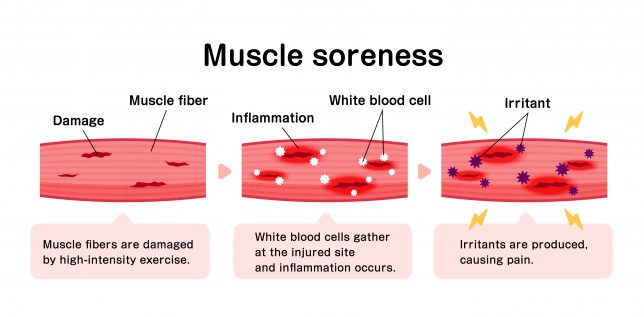
Image from Adobe
The Theory Behind Compression Shorts
Compression shorts are form-fitting garments often made from a blend of spandex and nylon. They apply a certain amount of pressure to the skin, which is believed to enhance blood flow, improve oxygen delivery to the muscles, and speed up the removal of metabolic waste.
The hypothesis is that by improving these physiological processes, compression shorts could help reduce the onset and severity of DOMS, shorten recovery time, and enhance athletic performance.
Research on Compression Shorts and DOMS
Numerous studies have attempted to investigate the effects of wearing compression garments like shorts on DOMS in athletes, including runners. The results, however, have been somewhat mixed.
Several studies found that wearing compression garments post-exercise did help to reduce the severity of DOMS. The proposed mechanisms include better removal of metabolic waste products, reduced muscle oscillation, and decreased inflammation.
However, other research didn’t find a significant effect of compression garments on DOMS. These studies suggest that while compression gear might offer some psychological benefits and improve comfort during performance, its physiological benefits regarding DOMS might be minimal.
Despite the varying results, it’s important to note that most studies agree that compression shorts are unlikely to harm performance and may offer other benefits, such as increased comfort during exercise and a psychological boost that might indirectly affect performance and recovery.
Practical Considerations for Runners
If you’re a runner considering compression shorts to combat DOMS, here are some things to keep in mind:
1. Choose the Right Fit:
Compression shorts should be tight enough to exert pressure but not so tight that they restrict movement or become uncomfortable.
2. Timing Matters:
Some evidence suggests that wearing compression shorts immediately after running and during the recovery period might be most beneficial for reducing DOMS.
3. Personal Preference:
Every runner is unique. While some swear by their compression gear, others may not notice a significant difference. It’s essential to listen to your body and do what feels best for you.
4. Not a Magic Solution:
While compression shorts might aid in recovery, they’re not a magic solution. A balanced diet, adequate hydration, proper running technique, and regular rest are equally (if not more) essential for managing DOMS and enhancing performance.
Conclusion
The use of compression shorts as a tool for managing DOMS in runners is an area ripe with potential, but it requires further research. While scientific opinion may currently be split on the matter, personal experience leans towards the beneficial. As with all things in fitness and health, individual experience and comfort should be the final determinants.
FAQs
1. What is DOMS?
DOMS stands for Delayed Onset Muscle Soreness. It’s a condition characterized by muscle pain and stiffness that occurs 24-72 hours after intense or unfamiliar exercise.
2. Can wearing compression shorts reduce DOMS?
Some studies suggest that wearing compression shorts can reduce the severity of DOMS, but the evidence is mixed. Many athletes report personal benefits, so it might be worth trying for yourself.
3. How do compression shorts work?
Compression shorts apply pressure to the skin, which is believed to enhance blood flow, improve oxygen delivery to the muscles, and speed up the removal of metabolic waste.
4. When should I wear compression shorts to combat DOMS?
Some evidence suggests that wearing compression shorts immediately after running and during the recovery period might be most beneficial for reducing DOMS.
5. Are compression shorts a cure-all for DOMS?
No, while compression shorts might aid in recovery, they’re not a magic solution. Managing DOMS effectively also involves a balanced diet, adequate hydration, proper running technique, and regular rest.
